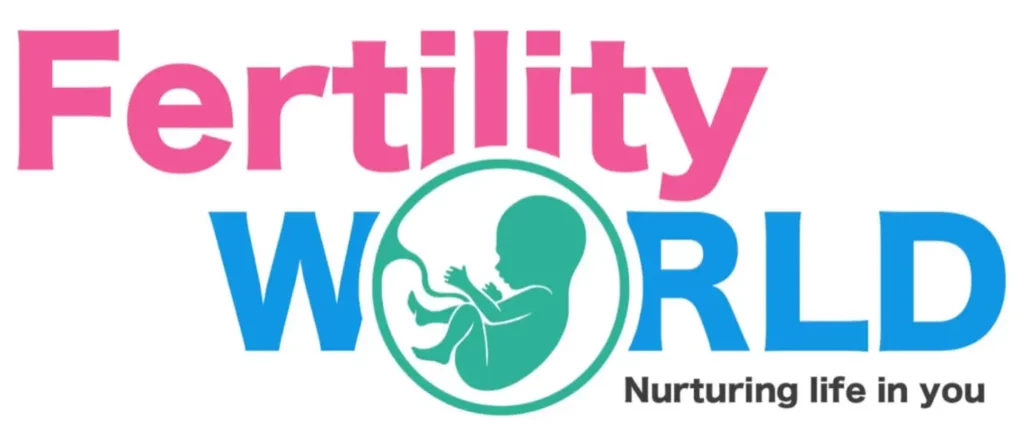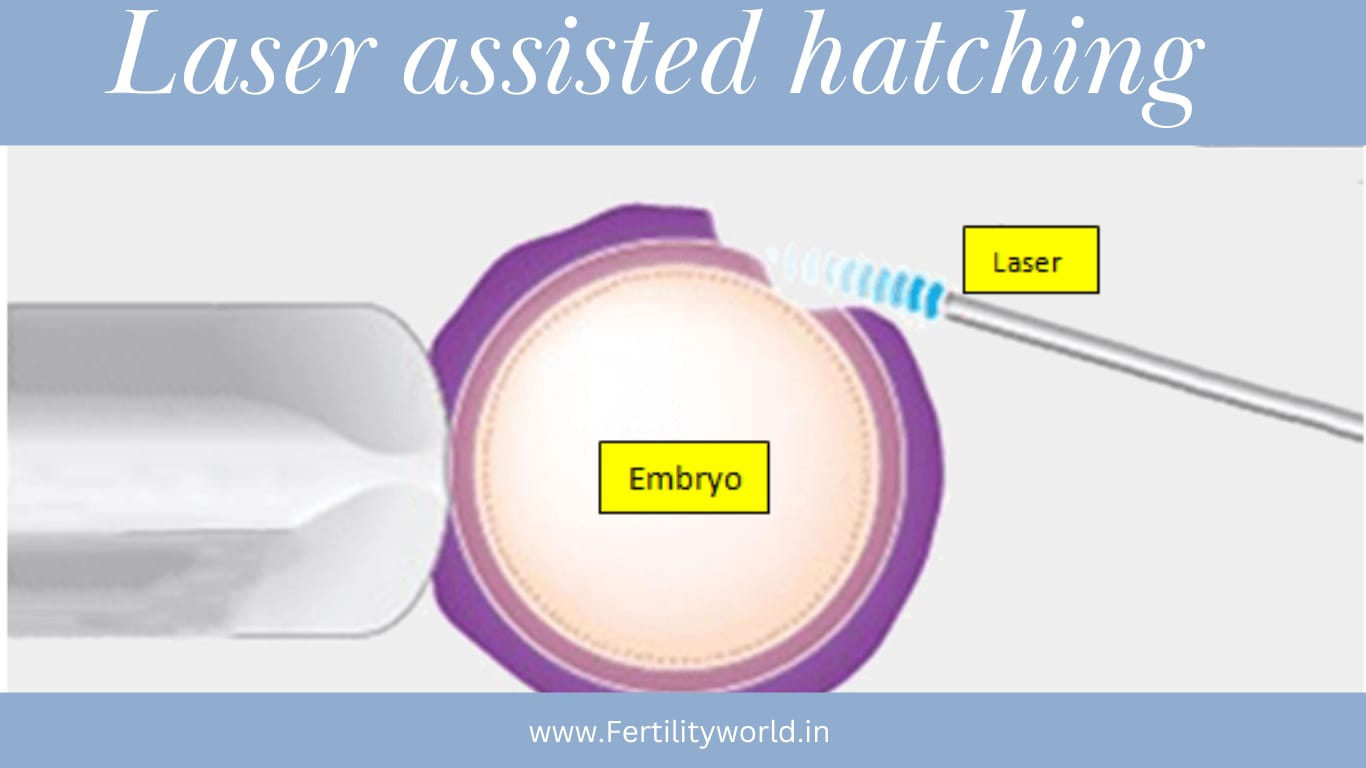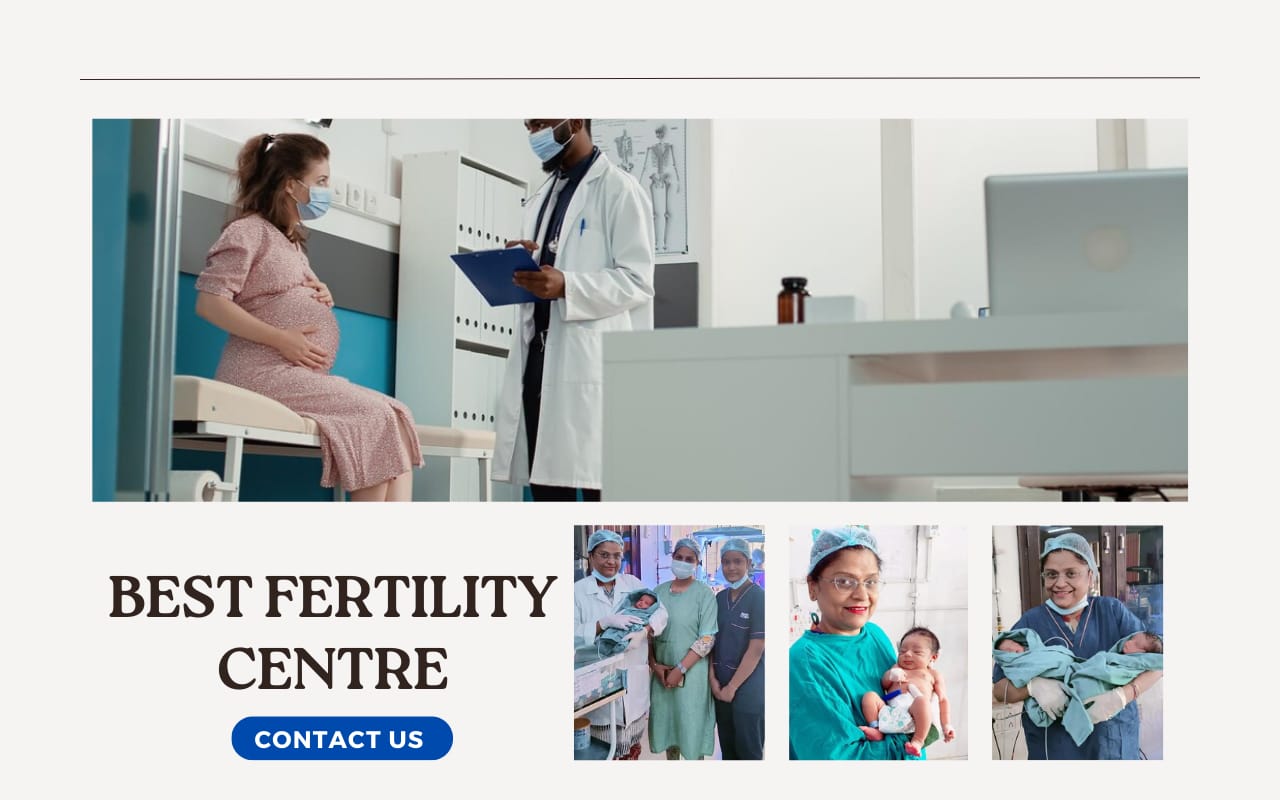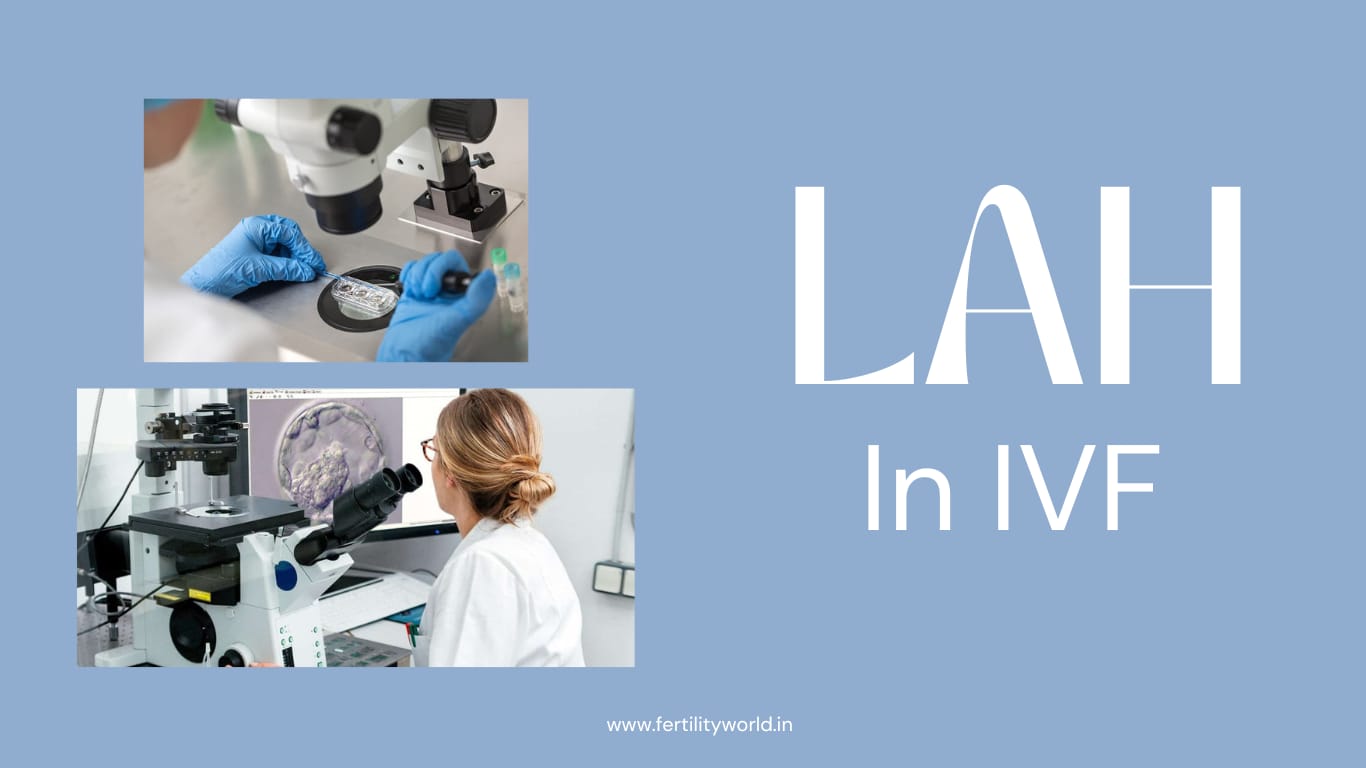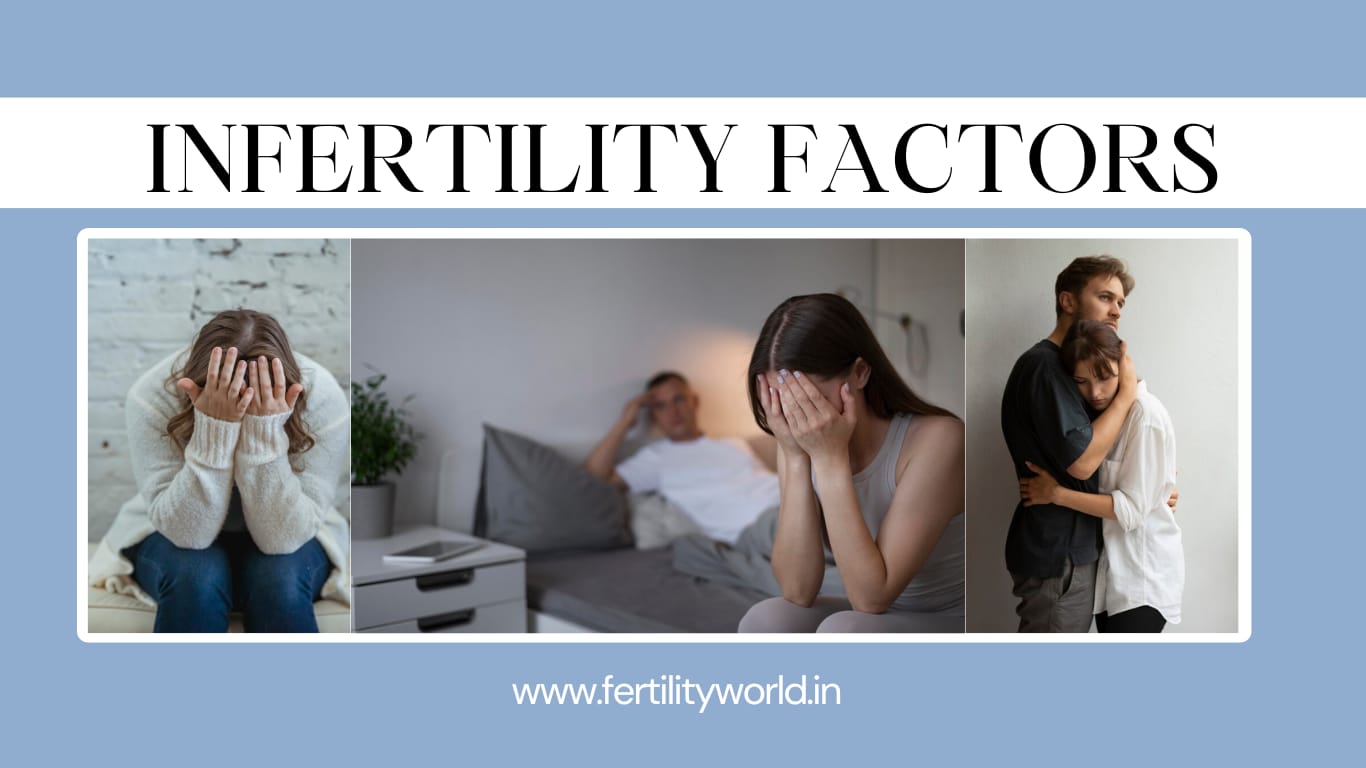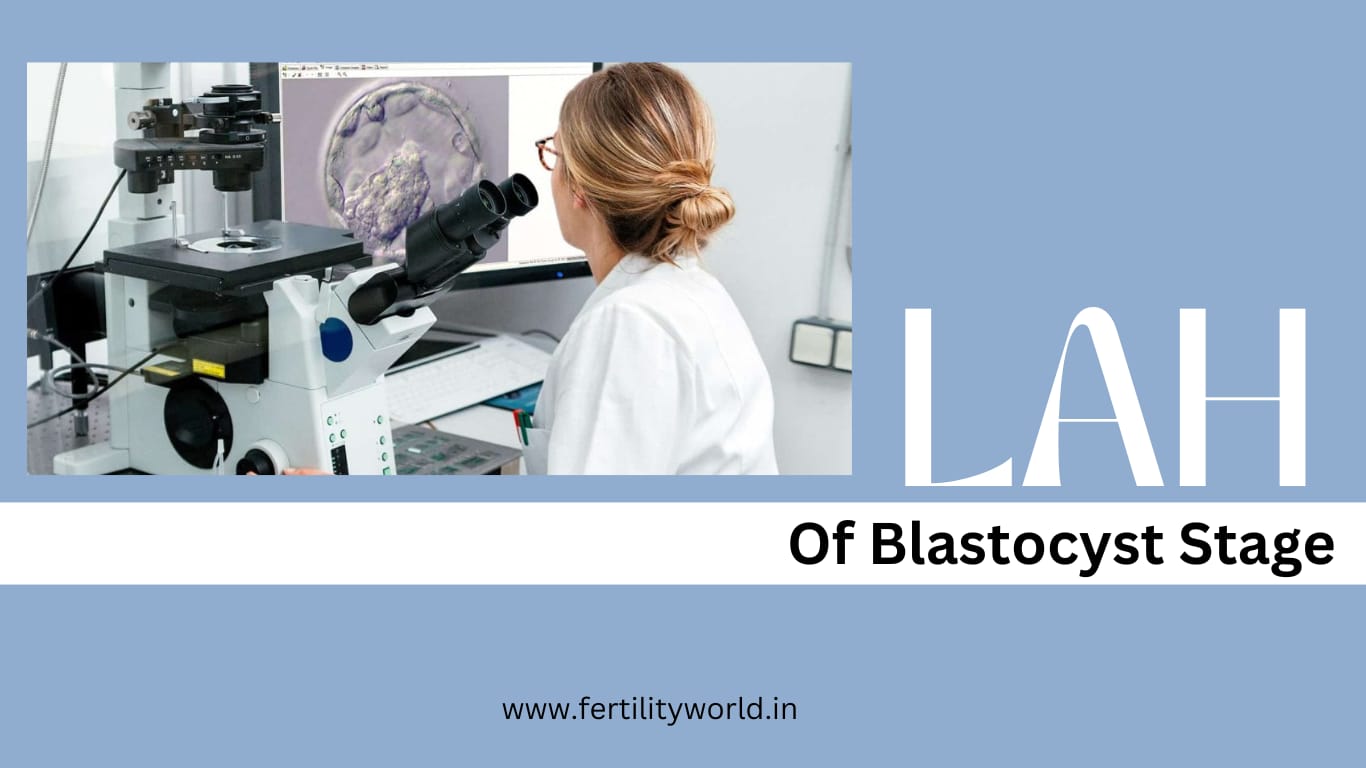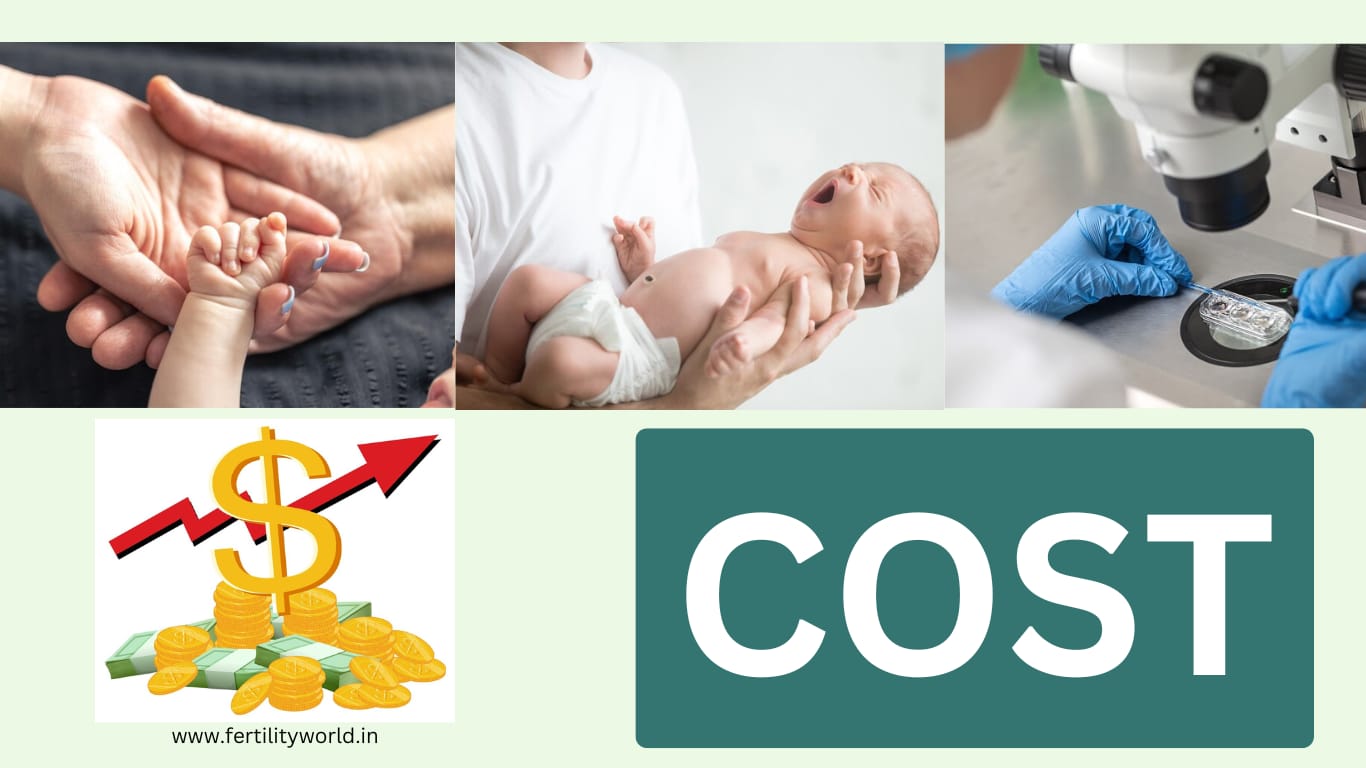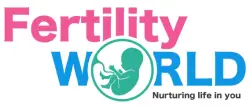Laser-assisted hatching (LAH) is a recently developed advanced technology added to the IVF treatment to assist embryo hatching via laser-assisted technique. The failure of embryo hatching is one of the various factors that limit reproductive efficiency, specifically in assisted cultured ART embryos. At fertilityworld, women with poor embryo quality, aging women above 37 years, and young women between 21-37 years who have previously experienced repeated IVF cycle failure, or poor quality embryos are highly benefited from LAH.
- Book an online appointment: Get a free fertility consultation.
- Call/W:91 9311850412 Email:info@fertilityworld.in
What is laser-assisted hatching (LAH)?
Laser-assisted hatching (LAH) is the latest developed advanced infertility technique to assist the hatching of hardened or thickened embryo outer shells of older women age, frozen embryos, or poor-quality ART-cultured embryos in the laboratory through laser technology that felicitate the better success rate of fertility treatments like IVF, ICSI, and FET.
Laser-assisted hatching (LAH) procedure
The recent development of the Laser-assisted hatching (LAH) procedure offers an excellent technique for zona pellucida (outer shell embryo) manipulation which is safer, faster, and more precisely assisted artificial hatching. In simple terms, the LAH procedure involves creating a small hole in an embryo before transferring it to the uterus in the hope of successful implantation of the embryo to endometrial receptivity. During the LAH procedure, a laser is placed far away from the embryo to avoid cellular damage, and then a concentrated pulse of a laser beam is fired focusing on the embryo’s outer shell, opening the zona layer around 5-10 microns instantaneously within a few milliseconds duration per embryo, depending on the zona thickness of individual embryo. The LAH procedure is carried out on the 3rd day of the IVF cycle when the embryo is still in the laboratory.
Laser-assisted hatching (LAH) in IVF
Laser-assisted hatching (LAH) technology is built to artificially assist embryo hatching during the IVF treatment. During the IVF cycle, the embryo must hatch (a process known as hatching) to outer shells before getting implanted into the uterine cavity which will result in a successful pregnancy. However, in older women the outer shells (zona pellucida) can harden, making the embryo difficult to break through. Therefore, creating an opening in the outer shell can help the embryos to hatch and become implanted into the lining of the uterus. LAH is usually applied on 3rd day of the IVF cycle when the embryo is in the laboratory. The fertilityworld doctors use a high-tech soft-tissue laser for LAH procedures.
Laser-assisted hatching (LAH) success rate
In infertile women aged over 37 years, failure of the zona pellucida to rupture is associated with a decreased implantation rate in in-vitro fertilization (IVF) or intra cytoplasmic sperm injection (ICSI) treatment. LAH significantly increased clinical pregnancy rates in all patients. With LAH technology, the success rate of embryo hatching ranges from 75% and pregnancy rates rise to 95%.
Laser-assisted hatching (LAH) with Frozen embryo transfer (FET)
Applying the LAH technique with frozen embryo transfer (FET) in the IVF procedure greatly enhances a guaranteed success rate. LAH in FET is usually applied when the older eggs are frozen. In this process, the frozen egg is first prepared and thawed. The embryologist then placed the embryo a distance away from the laser to prevent cellular damage. A beam of laser is focused on the outer shell of the embryo. The laser beam reflection creates a 5-10 micron hole in the embryo within 0.8 milliseconds making embryo viability to hatch. Each LAH procedure assists a single embryo. About two 2-3 embryos are processed with LAH and the best one is selected for transfer into the uterus. The use of LAH in FET makes the embryo successfully aligned with the endometrium cavity ensuring pregnancy. It further reduces the risk of complications and the birth of identical twins.
Laser-assisted hatching (LAH) in infertility factors
Laser-assisted hatching is highly recommended for various infertility factors especially when a couple’s embryos face the inability to hatch. The fertilityworld finest team experienced that the creation of an opening in the embryo shell will help the embryo’s chances of hatching and becoming implanted into the lining of the uterus to pregnancy using LAH technology. LAH is highly approached when couples suffer from the following infertility reasons:
- The hardened embryo or thick outer shell (zona pellucida).
- The woman is older than 35 years.
- Couples opting for frozen embryo transfer in IVF,
- Couples with repeated IVF failure with good-health embryos,
- Women with elevated levels of follicle-stimulating hormone (FSH),
- A condition in women where cells from the uterine lining appear outside of the uterus- endometriosis.
Laser-assisted hatching (LAH) of the blastocyst stage
A blastocyst is a divided 6 to 8 cells made by a fertilized egg after day 5 or day 6 of the fertilization process. Such an embryo that attains the blastocyst stage is one step away from leading to pregnancy. In normal human reproduction, an embryo up to the blastocyst stage is surrounded by the outer shell known as zona pellucida. This blastocyst has to escape from the outer shell through hatching (rupture) before implantation into the endometrial cavity. The failure of hatching is one major infertility factor causing an inability to get pregnant. In such infertility conditions, Laser-assisted hatching (LAH) technology comes to play the role, technically making the blastocyst hatch especially in the Assisted reproductive technology (ART) that involves cultured embryos like IVF, ICSI, and FET. The hardness or thickened embryo outer shell is associated with older women’s age, poor embryo quality, and in vitro culture techniques. The recent LAH development has enabled such embryos of the blastocyst stage to artificially hatch or rupture from their outer shell in the laboratory under laser-assisted technology ensuring successful implantation to pregnancy.
Laser-assisted hatching (LAH) costs
Laser-assisted hatching (LAH) costs range from Rs.15,000 to Rs.30,000. This advanced LAH procedure cost is considered one of the cheapest techniques that assures successful ART by increasing the implantation and conception pregnancies with healthy birth rates. Generally, this LAH cost in Western countries is comparatively higher than in Asian countries where the laser-assisted hatching cost in India is considered the most affordable approach, the fertilityworld offers cheaper LAH procedure cost than other clinics. Contact us today to receive free fertility consultations from the top specialists.
What are the benefits of Laser-assisted hatching (LAH)?
The benefits of laser-assisted hatching (LAH) are:
- Accuracy of laser assisting,
- When compared, the laser technique is simple, quicker, and safer than other hatching processes.
- It highly reduces manual errors.
- It ensures successful implantation leading to pregnancy.
- It takes only 0.8 milliseconds to complete the process.
- It hugely contributes to the success rate of IVF, ICSI, and FET.
Why choose the fertilityworld clinic for laser-assisted hatching (LAH)?
The fertilityworld is the oldest fertility clinic with more than 35 years of service in the fertility sector with an excellent success rate at an efficient cost. Not only to domestic clinics but it shares a great chain of International networks that delivers the latest developed laser-assisted hatching (LAH) technology. The clinic has become the most popular choice of infertile patients because of its outstanding advanced fertility procedures LAH in the ART ensuring success rate at the lowest possible cost. The clinic’s unique fertility code of conduct where its highest objective is the overall healthcare of the patients. The clinic warmly welcomes all the hopeful infertile patients with free consultations. Contact the fertilityworld today.
